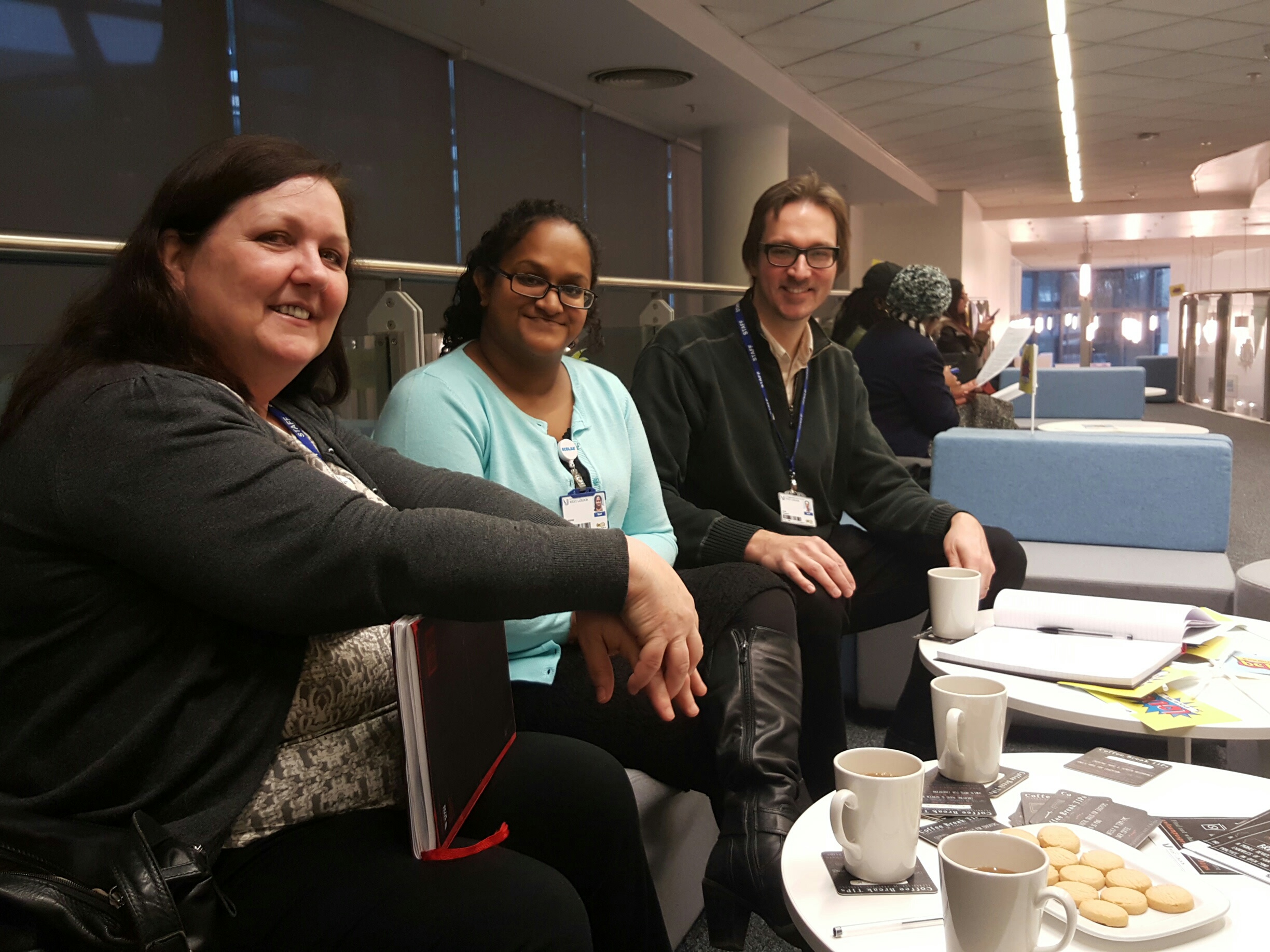Yesterday’s coffee break tips was about how to use Twitter for Learning, Teaching and Research. There’s lots of interesting stuff we could have talked about, how twitter is used in the classroom, or how it can be used to study social networks or increase the impact of research . In the end it was the last of these that became the focus of the discussion thanks to the guys from Pyramid to dropped in to chat about all things microbloggy.
They had a twitter account @pyramidatuwl but did not feel that they were getting much out of it. Their project, working with shy, withdrawn children at school, is clearly something that would be of a lot of interest to a lot of people, so there’s definitely scope to develop an interesting network on twitter, but it is hard to get started, and this twitter account had stalled.
We discussed the importance of making a good first impression with a good bio, banner photo and a pinned tweet. We also discussed how it’s important to develop an interesting voice (why would people follow the project otherwise?) and to have somebody responsible for generating content over time.
Each of the project team had a private twitter account which they kept very separate from their ‘work stuff’, so we also talked about blurring personal and professional boundaries (within reason!). So my followers @drnickpearce will get to see a variety of stuff, some related to social media in academia, some related to teaching and learning stuff that I’m interested in, and some related to my slightly nerdy interest in old computers. Other people I follow might mix up their professional tweets with tweets about football, music or politics. For me it’s really important that people check and engage with twitter, so if that means following @manutd or @realdonaldtrump then so be it!
I’ve found Twitter very useful for meeting new people, finding out about new opportunities and passing the time when I’m sat on a bus. I am keen to emphasise that it’s just a tool to support the kinds of social networking that academics (and others!) have been doing for ages, something I’ve written about before. It’s a relatively easy way to reach a global audience in real time.



Leave a Reply